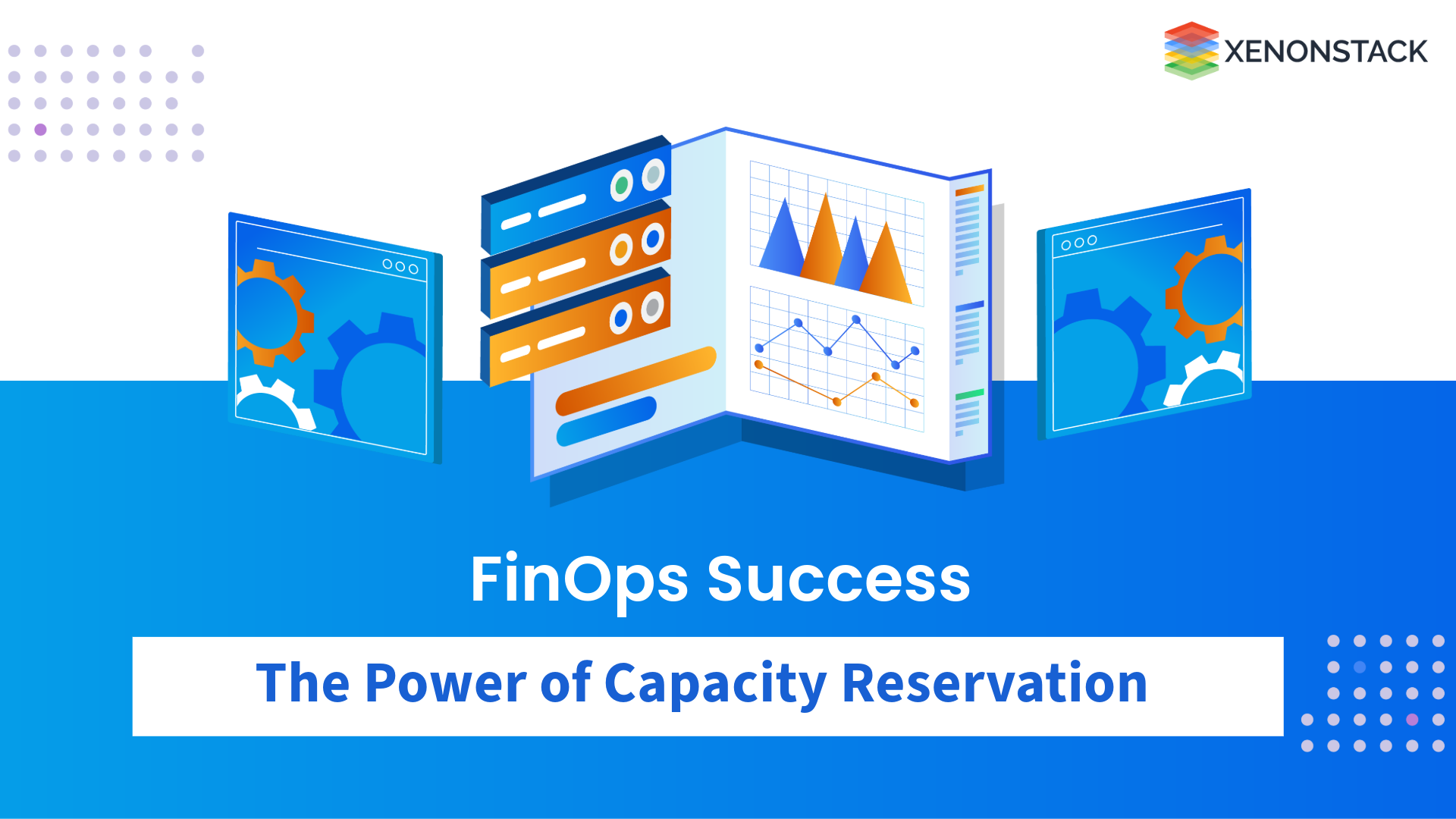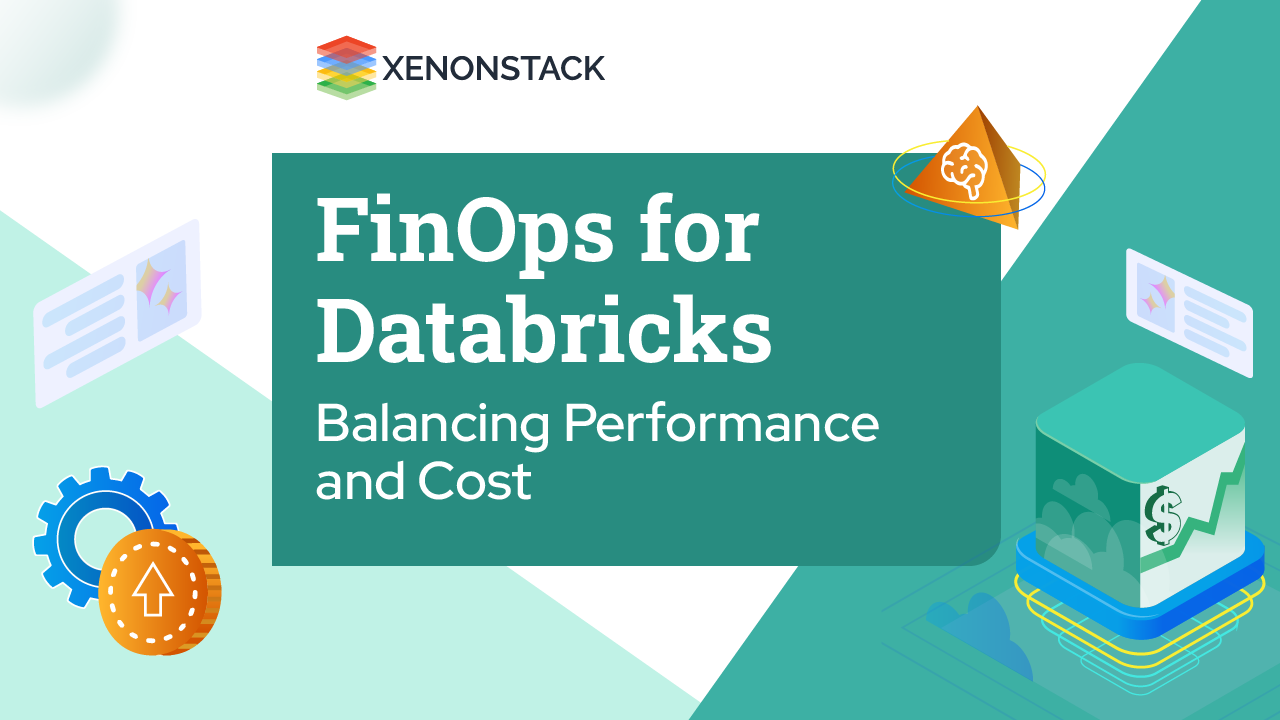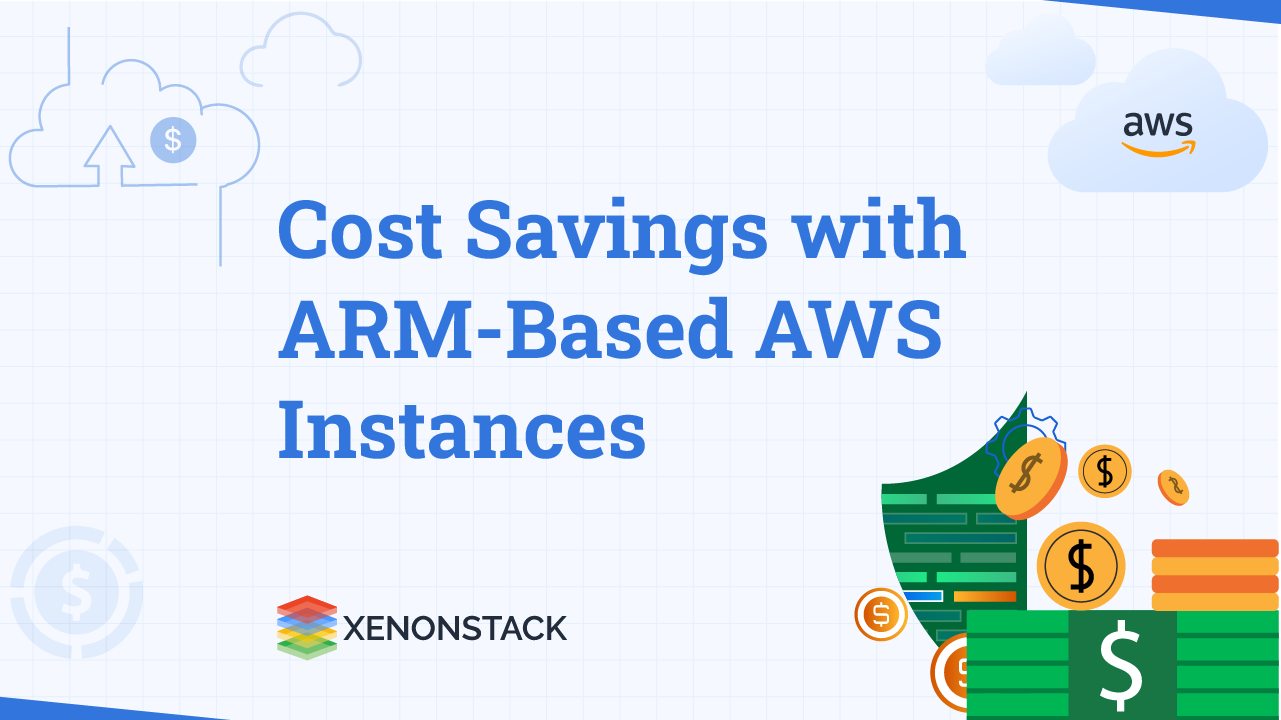
Introduction
Cloud computing offers flexibility and scalability, making it indispensable for several organizations. However, it also carries the possibility of incurring high costs. Although cloud computing has become a crucial element for numerous organizations, its flexibility and scalability come with the potential for increased cloud costs. If you're not careful, your cloud spending can quickly spiral out of control.
That's where FinOps comes in. FinOps is a cloud cost management discipline that helps organizations optimize their cloud spending. By following FinOps principles and practices, you can ensure you get the most value from your cloud investments.
This blog post will show you how to optimize your cloud costs on Azure using FinOps.
What is FinOps?
FinOps is an operational framework and cultural practice designed to maximize the business value of the cloud, enabling timely, data-driven decision-making and fostering financial accountability through collaboration among engineering, finance, and business teams.
At its core, FinOps is a cultural practice that empowers teams to manage cloud costs effectively. It involves everyone taking ownership of their cloud usage, guided by a centralized group that upholds best practices. Cross-functional teams—spanning Engineering, Finance, Product, and more—collaborate to accelerate product delivery while simultaneously achieving greater financial control and predictability.
Benefits of implementing FinOps on Azure
There are many benefits to implementing FinOps on Azure, including:
-
Reduced cloud costs: FinOps can help you identify and eliminate wasteful cloud spending, leading to significant cost savings.
-
Improved cloud performance: FinOps can help you to ensure that your cloud resources are being used efficiently, which can improve your cloud performance.
-
Reduced cloud waste: FinOps can help you reduce the amount of cloud resources you are not using, which can further reduce your cloud costs.
-
Improved cloud governance: FinOps can help you implement policies and procedures to manage your cloud spending, which can improve your cloud governance.
Challenges of Azure Cloud Costs
Microsoft Azure offers a powerful cloud platform with services like virtual machines, databases, AI, and IoT. However, Azure's pay-as-you-go model, while flexible, presents challenges in cost management. Here are the key reasons why optimizing your cloud costs on Azure is essential:
-
Complex Pricing Models: Each of Azure's many services has its pricing model. Understanding these models can be tricky, making it hard to predict costs accurately.
-
Unpredictable Demand: Cloud usage can change significantly, causing cost spikes during high demand and underutilization during off-peak times, potentially leading to budget issues.
-
Lack of Visibility: Many organizations need more transparency in their Azure resources. This lack of clarity can lead to inefficient resource allocation and unnecessary expenses.
-
Inefficient Resource Management: Without proper governance and policies, resources may be provisioned but not de-provisioned when no longer needed. This results in wasted spending on idle resources
-
Limited Budget Control: Failing to set and enforce budget limits can lead to unexpected costs that strain an organization's finances.
Azure Cost Management and FinOps
To address these challenges and optimize cloud costs, Microsoft offers Azure Cost Management, a tool integrated directly into the Azure portal. Additionally, organizations can implement FinOps practices, principles, and best practices that combine financial and operational perspectives. FinOps focuses on cost optimization, financial visibility, and fostering a culture of accountability.
Azure Cost Optimization with FinOps
Now, let's explore a range of best practices and strategies for optimizing your cloud costs on Azure using FinOps:
Set Clear Budgets and Policies
Define clear budget limits for your Azure resources to prevent overspending. With Azure Cost Management, you can establish budget limits for your Azure resources, which helps prevent overspending. Azure Cost Management allows you to set budgets and configure alerts when spending approaches or exceeds these limits. Establish well-defined policies for resource allocation, usage, and de-provisioning. This ensures that resources are not provisioned and left idle, incurring unnecessary costs.
Monitor and Analyze Usage
Track your Azure usage and expenses regularly using Azure Cost Management. Analyze usage patterns to identify underutilized or idle resources. This information empowers you to decide whether to scale, resize, or shut down such resources.
Leverage Azure Cost Management Tools
Make full use of Azure Cost Management's tools, including cost analysis, cost alerts, and the cost explorer. These tools provide detailed insights into your spending patterns. Use Azure Advisor, a tool that offers personalized recommendations for optimizing your Azure resources.
Implement Resource Tagging
Utilize resource tagging to categorize and label your resources. This practice allows better tracking and allocating costs to specific projects, departments, or teams. With tagged resources, you can easily see which areas of your organization are incurring the most costs and make adjustments accordingly.
Embrace Azure Reserved Instances (RIs)
Azure RIs allow you to commit to a one- or three-year term for virtual machines, resulting in significant cost savings compared to pay-as-you-go pricing. Identify workloads with predictable, consistent usage and consider RIs to reduce costs.
Scale Resources Appropriately
Azure provides auto-scaling capabilities, enabling your resources to adjust automatically based on demand. Use this feature to ensure resources are not overprovisioned. Implement Azure Virtual Machine (VM) auto-shutdown policies to turn off non-essential VMs outside working hours.
Optimize Storage and Data
Review your data storage regularly and implement lifecycle policies to move or delete outdated data. To reduce storage costs, utilize Azure Blob Storage Cool and Archive tiers for less frequently accessed data.
Continuous Learning and Training
Through training and continuous learning, keep your team current with Azure best practices, FinOps principles, and cloud cost management. Encourage collaboration between IT, finance, and operations teams to ensure alignment on cost optimization goals.
Right-Size Resources
Continuously assess your resource sizing to ensure that you are not over-allocating resources. Azure Cost Management provides insights into utilizing your virtual machines, helping you right-size them.
Evaluate Third-Party Cost Management Solutions
Consider third-party cost management solutions that can provide additional features and insights beyond what Azure Cost Management offers.
Conclusion
FinOps is a critical practice for any business that uses Azure. It is a holistic approach to cloud cost optimization that considers all aspects of your cloud environment, from your infrastructure to your applications. FinOps is also a collaborative process that involves working with different teams within your organization, such as engineering, finance, and operations.
Implementing FinOps on Azure has many benefits. One of the biggest is improved visibility into your cloud costs. FinOps can provide you with a clear understanding of how you are spending your cloud budget, enabling you to make well-informed choices about how to allocate your funds. It can also help you reduce cloud waste, improve cloud performance, and increase cloud agility.
-
Know about FinOps: Optimizing the Cloud Cost
-
Benefits of using FinOps for Data Mesh and Data Fabric



